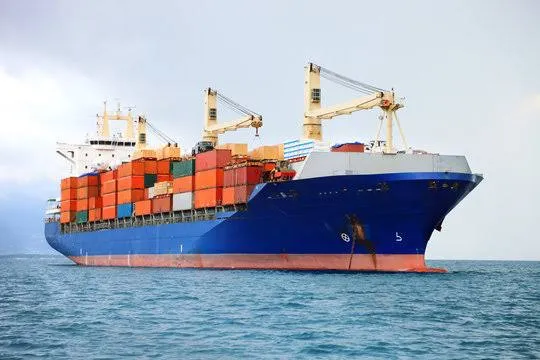Govt may allow Banks to mortgage Ships as Collateral Security for Loans

| ➡️ Get instant news updates on Whatsapp. Click here to join our Whatsapp Group. |
The Indian government may allow large ships to be used as collateral for loans. This will help in easy financing for the maritime industry.
According to report published in Economics Times, banks will be able to accept vessels as security, and a decision on the minimum ship size eligible for collateral will be finalised within the next two months.
Banks are more inclined towards bigger ships, as they hold higher value and are easier to trace, making them preferable for collateral purposes.
Variation in Ship Sizes
Indian shipping currently operates two distinct categories of vessels. Ships engaged in coastal trade have an average capacity of about 1,700 gross tonnage (GT), while those involved in overseas trade average around 24,700 GT. This wide variation has led to extended deliberations within the government on determining the appropriate minimum size of ships to be accepted by banks as collateral.
Challenges in Financing
The Maritime India Vision 2030 highlights that Indian shipping companies face significant hurdles in expanding their fleet. The key issue is the lack of easy access to finance, which prevents shipowners from placing new orders with local shipyards. This financing gap has slowed down the growth of India’s tonnage and weakened the competitiveness of domestic shipping companies in the global market.
Budget 2025-26 Initiatives
Finance Minister Nirmala Sitharaman, in the Union Budget 2025-26, announced several measures to address these challenges. Large ships have been included in the Infrastructure Harmonised Master List (HML), making them eligible for long-term financing and tax incentives. This recognition will also encourage private investment and support the modernisation of India’s shipping fleet.
Maritime Development Fund
A dedicated Maritime Development Fund (MDF) with an outlay of ₹25,000 crore has been created to directly support ship acquisition. The fund is expected to generate investments of nearly ₹1.5 lakh crore in the shipping sector by 2030 and aims to raise the share of Indian-flagged ships in global cargo to 20% by 2047.
Boosting Shipbuilding Capacity
India also plans to develop new shipbuilding clusters with a capacity of 1.0 to 1.2 million GT each under the Public-Private Partnership (PPP) model. These clusters will help strengthen domestic shipbuilding infrastructure and position India as a competitive player in the global shipbuilding market.
Shipbuilding Financial Assistance Policy 2.0
To provide further support, the government has introduced the Shipbuilding Financial Assistance Policy (SBFAP) 2.0, with a total budgetary allocation of ₹18,090 crore. This scheme will provide direct subsidies to Indian shipyards, helping them improve competitiveness and meet increasing demand for modern vessels.
Is it a Good idea?
Allowing large ships to be used as collateral for loans is a progressive and much-needed reform for India’s maritime sector. For decades, shipowners in India have struggled to raise funds due to rigid financing rules, which limited their ability to order new ships or modernise existing fleets. By recognising ships as valuable assets that can be pledged for loans, the government is aligning banking practices with the realities of the shipping industry.
This step, along with the creation of the ₹25,000 crore Maritime Development Fund and the inclusion of ships in the Infrastructure Harmonised Master List, shows that India is now serious about treating shipping as a strategic sector. It will not only help Indian companies compete globally but also reduce dependence on foreign-flagged vessels for carrying Indian cargo.
The policy also comes at the right time. With global trade expanding and India aiming to become a hub for logistics and manufacturing, a strong shipping industry is essential. If implemented effectively, these measures could attract large-scale private investment, improve shipbuilding capacity, and generate employment in coastal states.
However, success will depend on clear guidelines—especially regarding the minimum ship size eligible for collateral—and on whether banks are truly willing to lend against such assets. Ships are movable and depreciating assets, so lenders will need robust tracking and valuation mechanisms. If these challenges are addressed, India could see a remarkable transformation in its maritime sector by 2030 and beyond.
